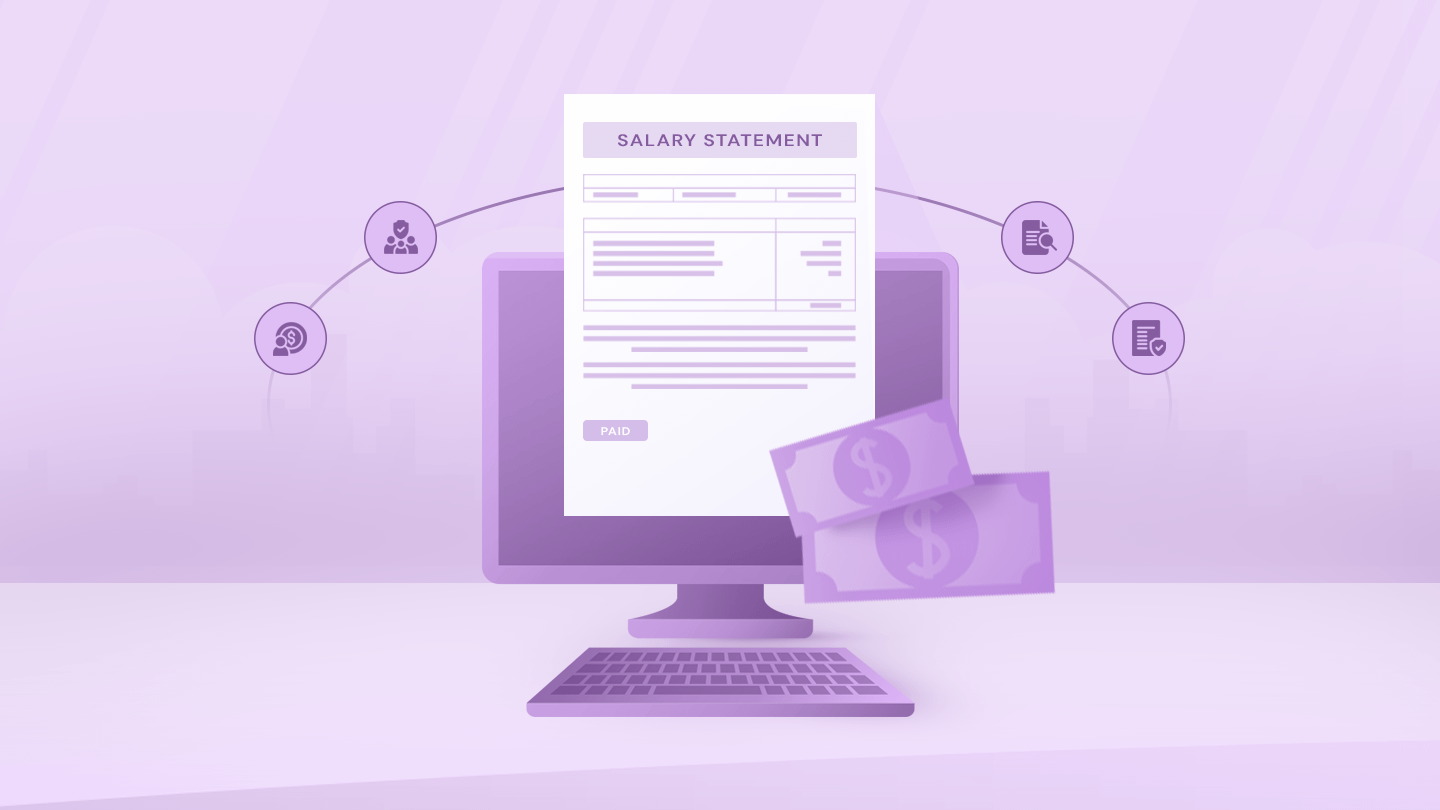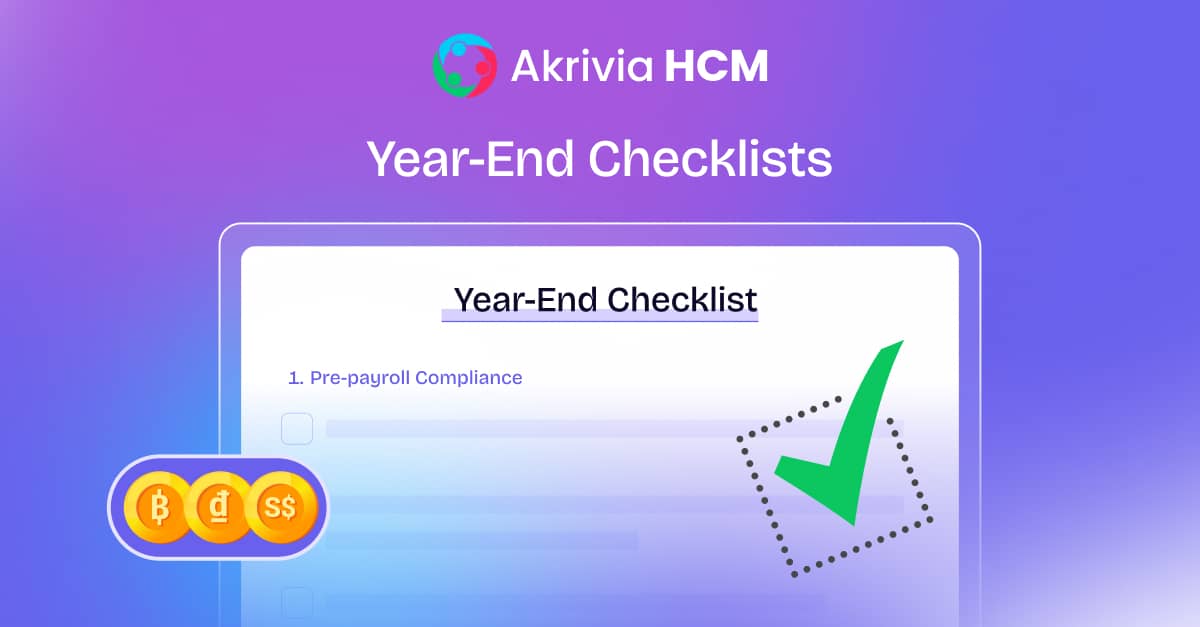Introduction
One of the most common clauses found in all the offer letters is non-disclosing clause of salary. The secrecy around the salary has been pertinent for the longest time but is now the time to change? The answer is most definitely yes as pay transparency is becoming a trend in the modern workplace. The growing demand for equity and fairness in a workplace has been significant in recent years.
Pay transparency, also known as salary transparency, is a practice where a company offers explicit information of the compensation to employees. This concept emerged as a response to deep-rooted issues of wage inequality and discrepancy. Pay transparency advocates for equal pay for equal work, regardless of gender, race, or any other non-job-related factors. A report by UN Women mentions: “across the world, women get paid 23% less than men”
The Case of Pay Gap Based on Gender
The differentiating factors of the salary should be based on the years of experience, education and special skills of the employees. However, we are far from the utopia. A report by The American Association of University Women (AAUW) says at the current speed of bridging the pay gap, equality cannot be attained before 2088. Their report: “The Simple Truth About the Gender Wage Gap”, points out that a gap exists at all levels of work in almost every occupation across all age groups and demographics. Women fall in the pay gap as soon as they step out of college and the gaps keep on spreading throughout life. The situation gets even worse for women of colour.
According to a SHRM count, in the U.S. women earn only 82 cents for every dollar earned by a man. In the case of Black women, it deceases to 70 cents and for Hispanic women it goes down to 65 cents. The report says that the average woman earns approximately $900,000 less than the average man over the course of her career due to her gender alone.
While focusing on the APAC region, the same scene of discrepancy is striking. Equileap’s special report of 2022, “Gender Equality in Asia Pacific” highlights that the average gender equality score of companies is only 33%. Although some countries have managed to make better progress. The same report finds out that Australia is on the top to accomplish gender equality in Asia-Pacific and Hong Kong possess the only company, regionally as well as globally, to have closed its gender pay gap at all company levels.
The Case of Pay Gap Based on Race & Ethnicity
The picture is not different in pay disparity by race and ethnicity either. Data by U.S. Department of Labour states that nation-wide, Black people earn 76 cents for every dollar earned by a white person. For Hispanics its 73 cents and 77 cents for Native American. However, in case of Asian-Pacific Islander, it is 1 dollar and 12 cents for every dollar earned by a white person.
Effects of Pay Gap
To think having gender pay gap will not have any consequences will be ill-judged. In 2017, 3 women accused Google of pay discrimination and showed a pay gap of $17,000 between male and female employees. They stated that the company forced them to follow minor career paths, and they ended up with lesser salaries than their male counterparts. In 2022, Google had to pay $118 million to settle the lawsuit. This is not a single instance, the same year LinkedIn had to pay $1.8 million to almost 700 female workers to settle their pay inequality case.
Effects of Pay Transparency
The world is understanding the need of pay parity in the workplaces and according to a survey by Business.com, 70% of workers believe that pay transparency can reduce gender and ethnic pay gaps.
As the modern workplace is evolving, it is an important time to embrace pay transparency. It has the potential to urge and retain employees, offering them job satisfaction with the fair compensation. The same U.S. study by Business.com found out that organisations with internal salary transparency have the lowest rates of employees leaving for a new job in the next 12 months while 58% of workers mentioned they would choose to work in a company that produce salary information publicly.
Challenges of Pay Transparency
Employees gain a level of trust through pay transparency. However, the downside of it is not trivial. Through the pay transparency report, if the employees find out their wage has increased depending on their performance, then overall the effect will be positive on their future productivity. However, if the report reveals the unfair wage allocation, then the internal conflict will affect the productivity.
Therefore, before implementing pay transparency, companies need to recognise if they have been to fairly compensate their employees based on their experience and merit. No doubt this task is tiresome, it is high time to be observant of the market value as well as the performance of the employees to wipe out pay disparity.
No matter if companies like it or not, but the days of full pay secrecy is on its last legs and will collapse in the course of time. Understanding this fact, Salesforce conducted a pay audit to close any gender pay gaps. In 2022, they spend $5.6 million to address any unexplained differences in pay to ensure pay equity.
Organisations, eager to adopt pay transparency to enjoy its benefits must go through whatever rectifications are required to set up non-discriminatory wages and pay audits or at least they would need to offer adequate transparency for employees to know they are appreciated in form of a fair pay.
How to Implement Pay Transparency Successfully?
With a strategic approach, careful planning, and clear policies, companies can implement pay transparency successfully. The companies need to start analysing their current pay structures to identify any discrepancies and then use market value to determine salaries and ensure fairness. They should have clear policies and criteria for raises and openly share them with employees through multiple channels such as meetings, emails, and internal portals to ensure everyone is informed.
Microsoft has implemented pay transparency by sharing detailed information about pay ranges and the criteria for raises and promotions. This not only helped them to attract new talent but also retain the top employees by making them feel justly compensated and valued.
Employers should also publish salary ranges for all positions within the company so employees can understand where they stand and what they can aspire to. Buffer, a social media account management company, publish all employee salaries on their website along with the formula used to calculate them build a culture of trust.
Therefore, taking note from the leading companies, organisation of any size can implement pay transparency for better work environment, employee satisfaction and increased trust, all leading to the overall organisational success.
Conclusion
Pay transparency is the only key to create an inclusive workplace. It drives the organisations to be fair in rewarding and be observant in employees’ performance. One may think it is far-fetched, but the changes are taking place. Although slow, but the pay gap is shrinking and the businesses not complying with the changes may fall behind. Therefore, to remain relevant and tap on the pool of talented workers, companies need to set deep-rooted equality in their work culture.





